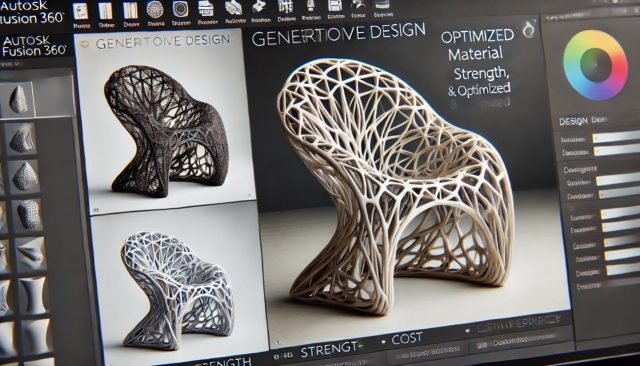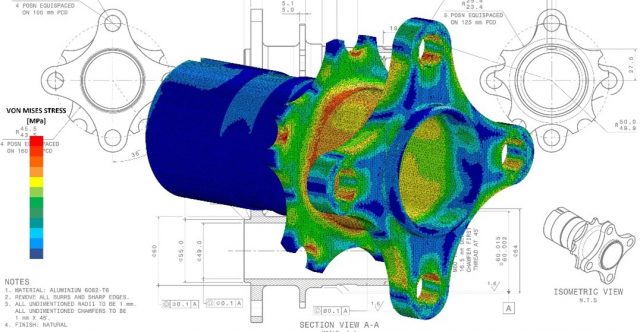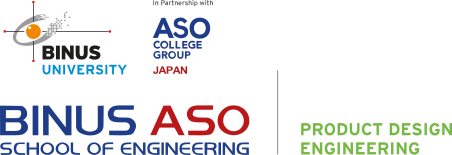Revolutionizing Product Design Engineering: The Power of AI Innovation
Artificial Intelligence (AI) has become a game-changer in various fields, including product design engineering. By leveraging AI, designers and engineers can optimize their workflows, enhance creativity, and produce superior products more efficiently. This article explores how AI is transforming product design engineering and highlights some of the key benefits it offers.
Optimizing Design Processes
One of the most significant impacts of AI in product design engineering is its ability to optimize design processes. Traditional design methods often involve a considerable amount of trial and error, which can be time-consuming and costly. AI-powered tools, such as generative design software, can drastically reduce this burden.
- Generative Design: Generative design technology uses AI algorithms to explore all possible design solutions based on given parameters, such as material, cost, weight, and manufacturing methods. Autodesk’s Fusion 360, for instance, allows designers to input specific constraints and generate a multitude of design alternatives. This technology not only saves time but also unveils innovative designs that might not be discovered through conventional methods.
Example: A generative design project inspired by the famous Elbo chair resulted in a design that used 18% less material and achieved a 78% reduction in stress while maintaining a visually appealing structure both in digital and physical forms.
https://www.youtube.com/watch?v=2PsssMI0Yw0
 Here is an example of generative design showcasing a modern chair. The design features an intricate, organic structure with optimized material usage, demonstrating strength, cost efficiency, and aesthetic appeal.
Here is an example of generative design showcasing a modern chair. The design features an intricate, organic structure with optimized material usage, demonstrating strength, cost efficiency, and aesthetic appeal.
- Simulation and Analysis: AI enables faster and more accurate simulations and analyses of product designs. For instance, finite element analysis (FEA) enhanced by AI can more efficiently predict stress, strain, and deformation in products.

Source: https://blog.spatial.com/finite-element-modeling
Prototyping and Production:
AI is revolutionizing prototyping and production by improving the efficiency and quality of manufacturing processes.
- Additive Manufacturing (3D Printing): AI can optimize 3D printing parameters such as print speed, temperature, and layer patterns, resulting in higher-quality products. AI-driven additive manufacturing ensures that the printed components meet the desired specifications with minimal waste and maximum efficiency.

Here is an image of a 3D printer optimizing parameters for printing a complex, lightweight lattice structure. The detailed computer interface displays settings such as layer height, print speed, and material density, illustrating the optimization process. This visual example demonstrates how AI can enhance 3D printing by fine-tuning these parameters for improved efficiency and design complexity.
- Predictive Maintenance: In production environments, AI can predict equipment failures and schedule maintenance before issues arise. This predictive capability reduces downtime and maintains production efficiency, leading to cost savings and improved product quality.
Personalizing Products:
AI enables the customization of products to meet individual customer preferences, enhancing the overall user experience.
- Custom Designs: By analyzing customer data, AI can facilitate mass customization, allowing manufacturers to produce personalized products without significantly increasing costs. This capability is particularly beneficial in industries such as fashion, automotive, and consumer electronics.
- Product Recommendations: AI can analyze customer behavior and preferences to provide personalized product recommendations. This not only improves customer satisfaction but also increases sales and brand loyalty.
The integration of AI in product design engineering offers numerous benefits, from optimizing design processes and enhancing simulations to improving prototyping and production efficiency. By leveraging AI, designers and engineers can create innovative, high-quality products that meet the evolving demands of the market. As AI technology continues to advance, its impact on product design engineering will only grow, paving the way for even greater innovations and efficiencies in the future.
Embracing AI in product design engineering is not just a trend; it is a strategic move that can lead to more efficient processes, cost savings, and superior products. The future of design and engineering lies in the seamless integration of AI, turning data into actionable insights and innovative solutions.


Comments :